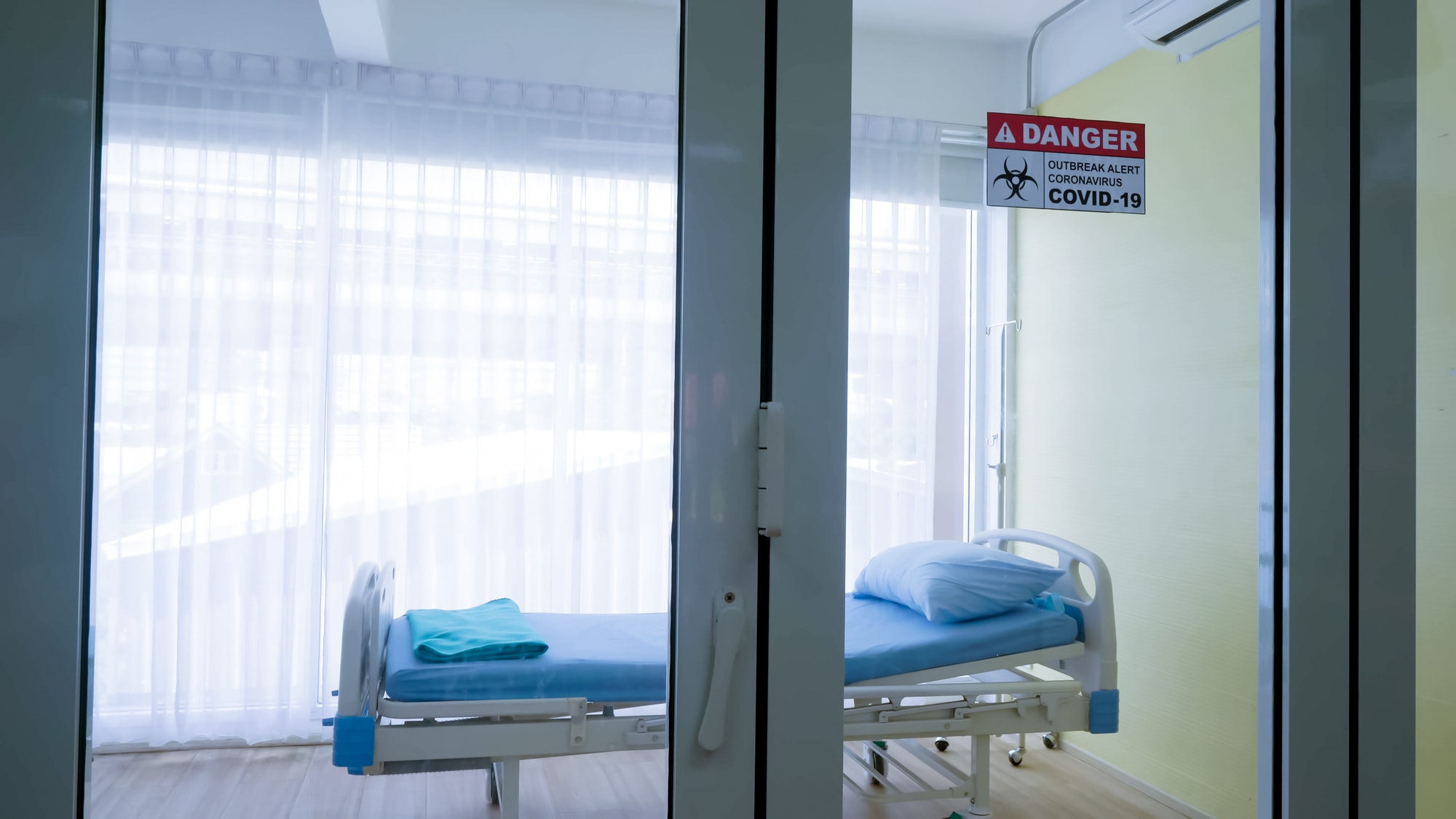DISCLAIMER: The below blog entry was written by an outside, unrelated party and does not necessarily express the opinions or views of or associated with the RemoteICU brand or the individuals associated with the RemoteICU brand. The blog is not necessarily endorsed or supported by RemoteICU nor was the entry reviewed and accepted by individuals associated with RemoteICU. The blog entry is provided simply to address and create interest in topics of import related to telemedicine. Your own independent research and decision-making and seeking of expert / professional opinions are required before you make any decisions whatsoever or form any opinions with respect to any topics addressed therein. By reading the blog entry, you consent to accepting the terms and conditions in this disclaimer.
Should All Hospitals Implement TeleICU?
TeleICU implementation is a growing trend in the health care industry, among hospital systems, and among individual hospitals. Innovative digital solutions are common among industries trying to keep pace with the demands associated with global macroeconomic and macro-demographic changes. TeleICU technology is tackling clinical demand issues for high acuity patients in many hospital ICUs by leveraging its results-proven methodology coupled with advanced technologies.
Generally, a hospital which has adequate 24/7 ICU intensivist coverage at the bedside (in-person, in or near the unit, etc.) and which has no desire or plan to expand its footprint by providing intensivist coverage would not typically be a primary candidate for TeleICU implementation, especially if local intensivists exist in sufficient numbers and are very happy to work at night and do not do so at the expense of their daytime availability for ICU work, as well as pulmonary treatment, sleep medicine, anesthesia provision, and/or surgery. However, such high availability is a relatively rare situation. Further, a hospital which has 24/7 beside intensivist coverage might still want to deploy TeleICU as a way of expanding its clinical footprint by offering intensivist coverage to other hospitals which lack such coverage. TeleICU is not intended to replace in-person doctors with a remote doctor. Its purpose is to provide intensivist coverage for ICUs in hospitals which, because of the shortage of critical care doctors, are unable to find in-person intensivist coverage.
TeleICU in a nutshell
TeleICU refers to an off-site command center staffed with intensivists specialists who remotely monitor and treat ICU patients. TeleICU provides a spectrum of patient care services, such as: assistance with patient intake and monitoring; notification and documentation of changes in clinical status; and supporting bedside providers’ management and decision-making. At a more fundamental level, Tele-ICU involves diagnosing and treating the most unstable and critically ill hospital patients, thereby significantly reducing ICU mortality and the average length of stay (LOS).
Why is TeleICU effective?
In TeleICU settings, off-site clinicians in collaboration with their bedside colleagues, use technology along with their special skills to ensure that the volume of acute patients does not outpace their ability to care for the patients.
Overall, ICU coverage outsourcing enables busy hospitals to provide high-quality care to more patients and to shorten LOS. This solution’s benefits became highly apparent during the COVID-19 pandemic.
TeleICU staff in hospitals conduct real-time monitoring and are able to document and communicate changes in patient’s conditions in real-time in addition to reacting and intervening in real-when necessary, thereby minimizing bedside staff’s exposure risk and PPE use. Remote clinical staff can also serve as a safety net when bedside staffers are overwhelmed. Furthermore, they offer isolated patients a human connection via a camera saying, “Hi, we’re observing you and here for you and you are OK,” which helps decrease the feelings of isolation, anxiety, and depression thereby contributing to positive clinical outcomes.
Value-added
Value refers to the significant financial growth projections of the global TeleICU market (USD 7.39 billion by 2027). It also refers to the increases in productivity, efficacy, and cost-effectiveness for hospitals investing in Telehealth ICU programs, such as the addition of “Remote ICU” to your clinical coverage.
Hospitals’ adoption of Tele-ICU services yields significant benefits in critical care management, including:
- Addressing the worsening shortage of intensivists as the world’s population increases and become increasing older.
- According to US-based studies, as of 2010, fewer than 15 percent of ICUs can provide intensivist care.
- Sources indicate there are 6,000 ICUs but only 25% of the number of board-certified intensivists which would be required to cover those ICUs in-person (at the bedside). (Note that this statistic pre-COVID-19 and therefore the shortage is even more severe during the pandemic.)
- Hospitals with a dedicated intensivist on staff (either remotely monitoring or at the bedside) have significantly lower significant ICU mortality and average LOS.
- Real-time services and support regardless of the hospital’s location (i.e., outlying or urban), including patient monitoring, clinical assessment and diagnosis, ordering of diagnostic tests and/or specific treatments, and adjustment of life-support systems/devices. This can often obviate the need to transfer patients to larger hospitals.
- TeleICU helps hospitals with limited resources, such as those lacking sufficient local critical care physician expertise. If a hospital has doctors onsite in the hospital on call but they cannot optimally handle the volume of critical care needs, TeleICU increases existing intensivists’ productivity.
- TeleICU enables hospitals to receive potentially life-saving assistance during unexpectedly high surges in the number and the acuity of patients which threaten to overwhelm the staff and/or the hospital system.
- Enhancement, not replacement, of bedside caregivers – increasing bedside clinical providers’ efficacy.











































